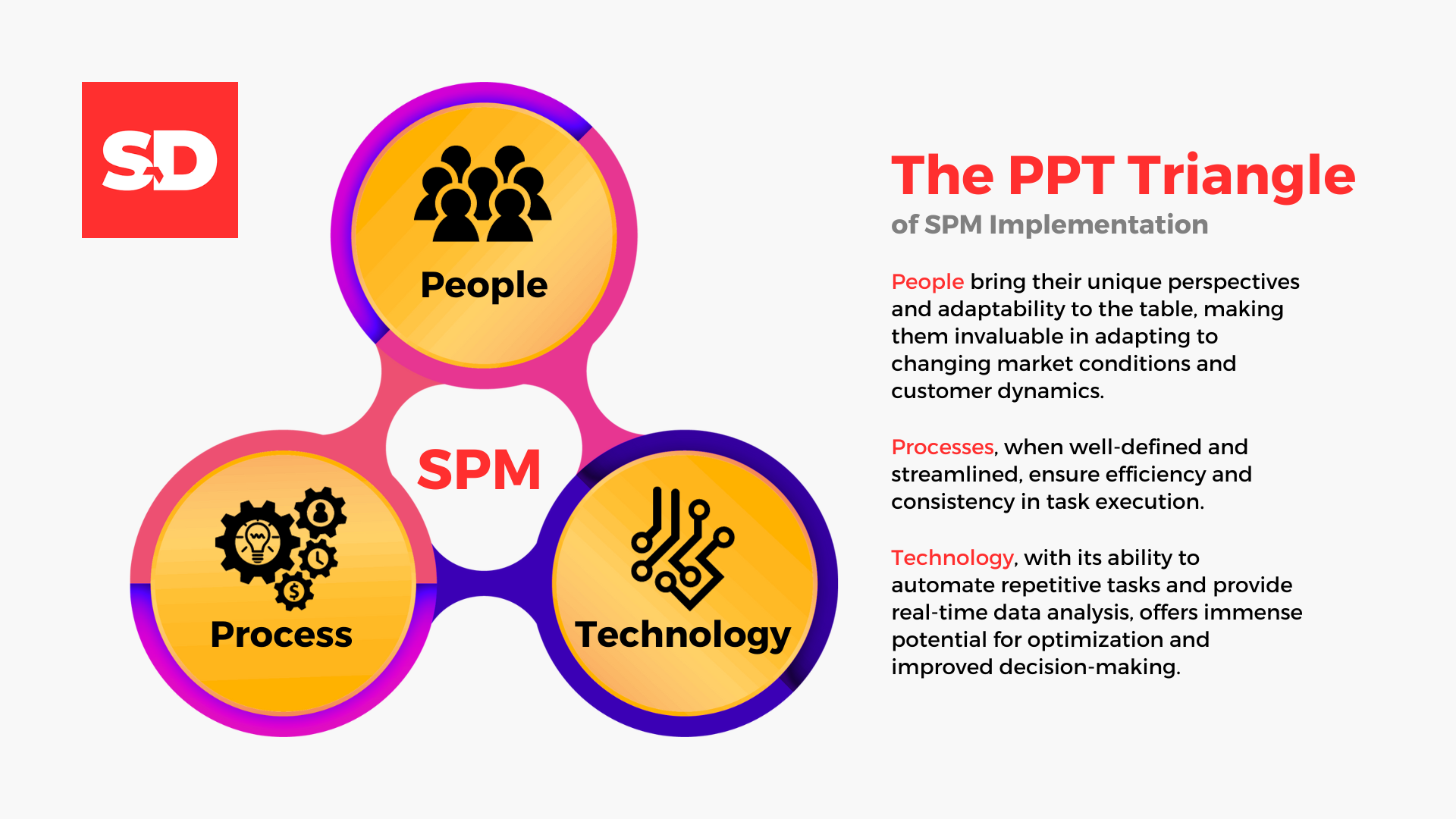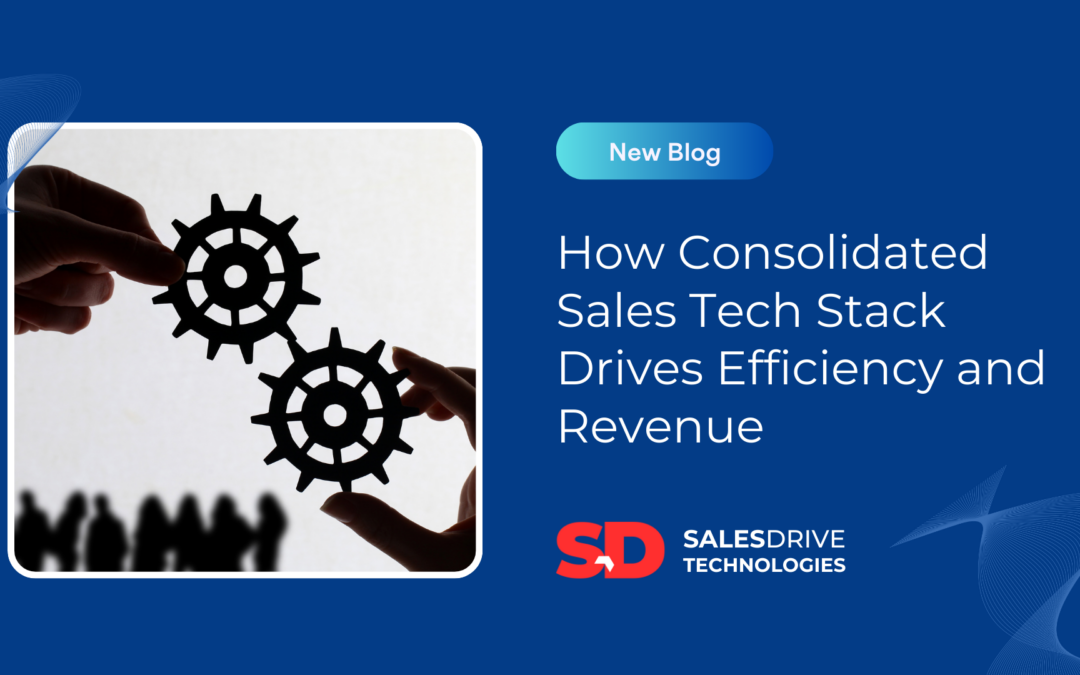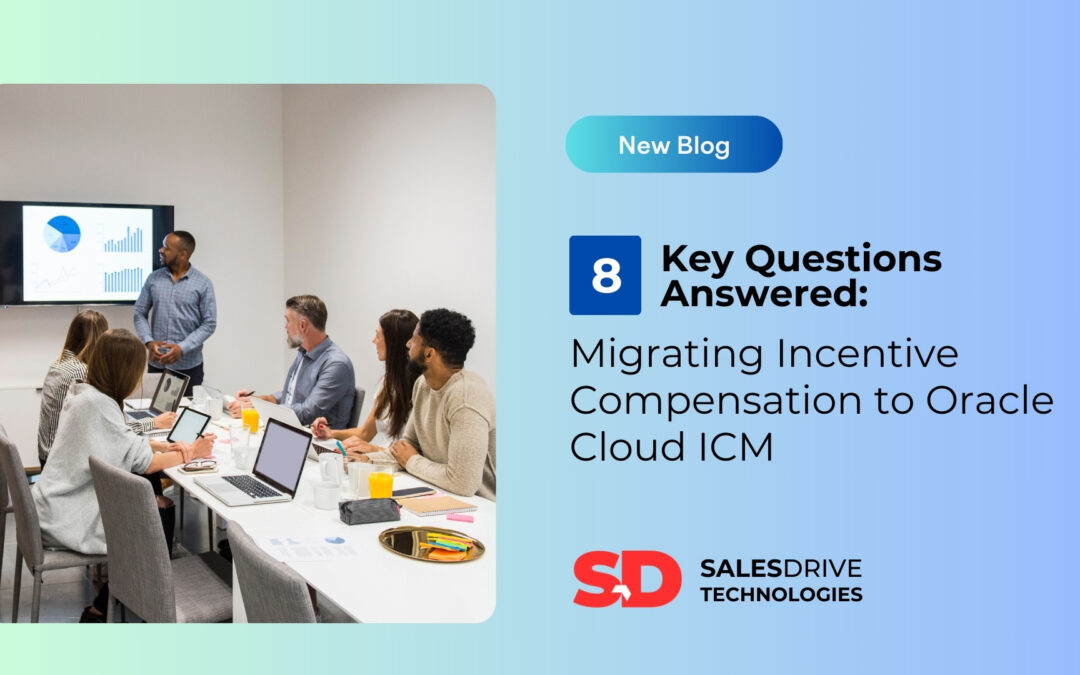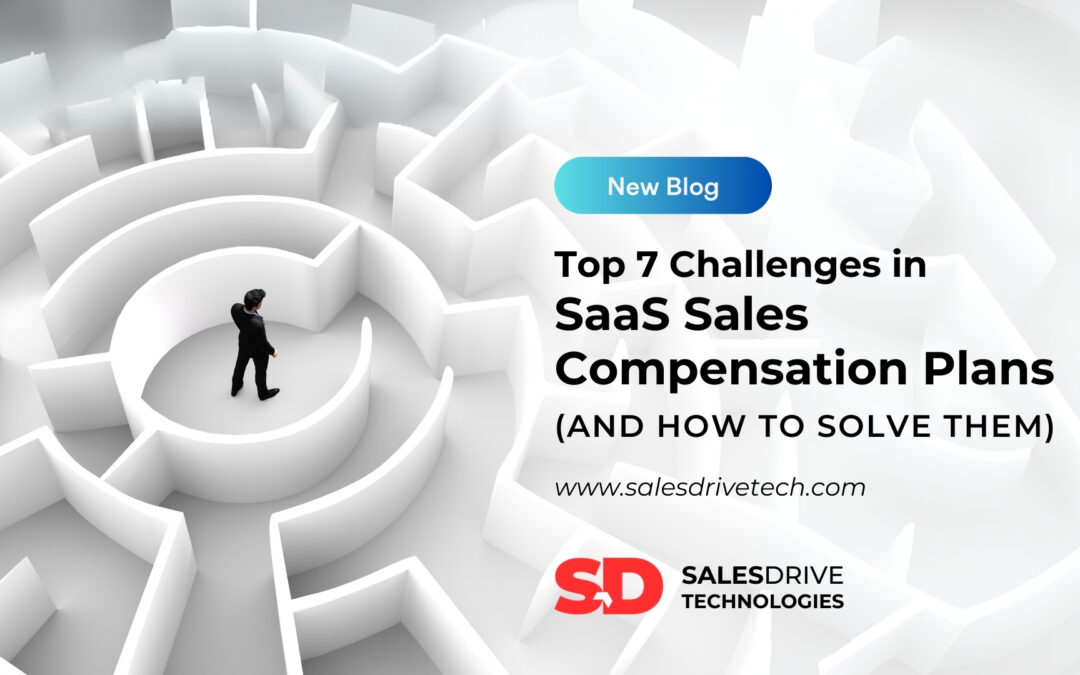Introduction
Sales Performance Management (SPM) is a strategic approach to aligning sales goals, behaviors, and rewards with the overall business objectives. SPM can help you optimize your sales force, increase customer satisfaction, and drive revenue growth. But how do you plan and execute a successful SPM implementation?
One of the common mistakes that organizations make when implementing SPM is to focus only on the technology aspect. They think that by using an incentive automation tool, such as Oracle CX for SPM and Incentive Compensation, they can solve all their sales challenges. However, this is not enough. Technology is only one of the three pillars of SPM, along with people and processes. You need to consider all three aspects and how they interact with each other to achieve the best results.
The People, Processes, and Technology (PPT) Triangle
Optimizing SPM requires a harmonious balance between these three pillars. People, the driving force behind any initiative, bring their expertise, experience, and decision-making capabilities to the table. Processes, like the meticulous roadmaps that guide actions, ensure consistency and predictability in the execution of SPM strategies. Technology, the enabler of automation and data-driven decision-making, empowers organizations to scale their SPM efforts and gain deeper insights into performance patterns.

While each element plays a critical role, they are not equally potent. People bring their unique perspectives and adaptability to the table, making them invaluable in adapting to changing market conditions and customer dynamics. Processes, when well-defined and streamlined, ensure efficiency and consistency in task execution. Technology, with its ability to automate repetitive tasks and provide real-time data analysis, offers immense potential for optimization and improved decision-making.
The Ever-Evolving Golden Triangle: Adapting to Technological Advancements
As technology continues to evolve at an unprecedented pace, it’s crucial to recognize that the PPT triangle is not a static entity. Just as processes and people need to adapt to new tools, so too must the tools themselves evolve to align with the changing needs of the organization. This ongoing adaptation ensures that the triangle remains a dynamic force driving SPM success.
Striking the Right Balance
Organizations increasingly rely on SPM to drive revenue growth, market share expansion, profitability, and margin improvements. However, these objectives can be elusive if the PPT triangle is not properly balanced. Weak processes will hinder progress, while a lack of user adoption or integration with processes can render even the most sophisticated technology ineffective.
Auditing and Prioritizing
To achieve the optimal balance, organizations must undertake a comprehensive audit of their current processes and technology landscape. This process involves identifying areas for improvement, assessing the effectiveness of existing tools, and understanding the needs and capabilities of employees.
Aligning People, Processes, and Technology
Once the audit is complete, organizations can begin to align their people, processes, and technology to achieve synergistic results. This involves selecting the right tools that seamlessly integrate with existing processes and providing adequate training and support to ensure employee adoption.
Bottom Line
SPM is not just about technology. It is about creating a holistic system that balances people, processes, and technology to drive sales excellence. By considering these three pillars in your SPM implementation, you can maximize the value of your investment, enhance your competitive advantage, and achieve your business goals.
Salesdrive can help you plan and execute a successful SPM implementation using We have the expertise, experience, and passion to help you transform your sales performance. Connect with us for knowing how!




